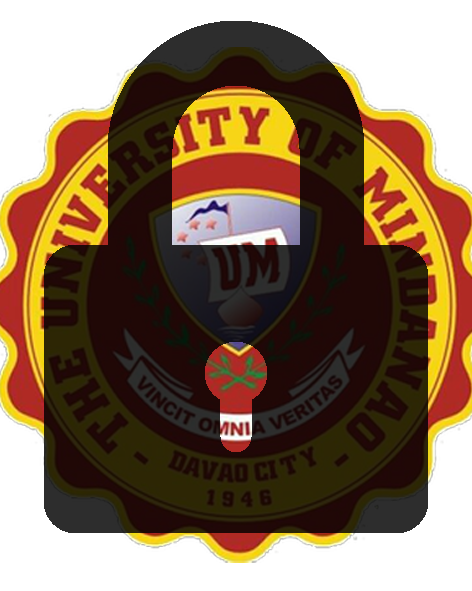Species composition, structural characteristics, and perceived ecosystem services of mangroves in the coastal areas of Mabini, Davao de Oro, Philippines

View/
Date
2021-09Author
Gabato, Neil Alden S.
Jetuya, Quezzey Mae B.
Manual, Alexa Mae B.
Citation Tool
Metadata
Show full item recordAbstract
The existing knowledge on the mangrove communities in the Davao Gulf is limited, particularly in the coastal area of Mabini, despite being proclaimed as a protected area. Hence, this paper assessed the mangrove species composition, structural characteristics, and perceived ecosystem services in the selected areas in Mabini, Davao de Oro. Using the belt transect method, 35 quadrats with 10 m x 10 m each were established and surveyed. Diversity indices were used to determine the values for the species diversity, richness, and evenness. Meanwhile, a qualitative descriptive approach was used in determining the local perception of mangrove ecosystem services through focus group discussion and in-depth interviews comprising seven participants each. The species composition data revealed eight species from five families with one vulnerable species, A. rumphiana. Meanwhile, the species structure revealed a basal area of 27.93 m2 ha-1 and a mean density of 4192 stems ha-1, while R. apiculata was the most important species with an importance value of 144.4%. Diversity analysis showed low species biodiversity (H’=1.098), low species richness (R=0.9601), and less even species distribution (J=0.5280). Furthermore, the interviewed residents are aware of the mangrove ecosystem's services, though only limited to some provisioning, regulating, and supporting services.
Collections
- Undergraduate Theses [212]
Publisher
Bachelor of Secondary Education Major in Science
